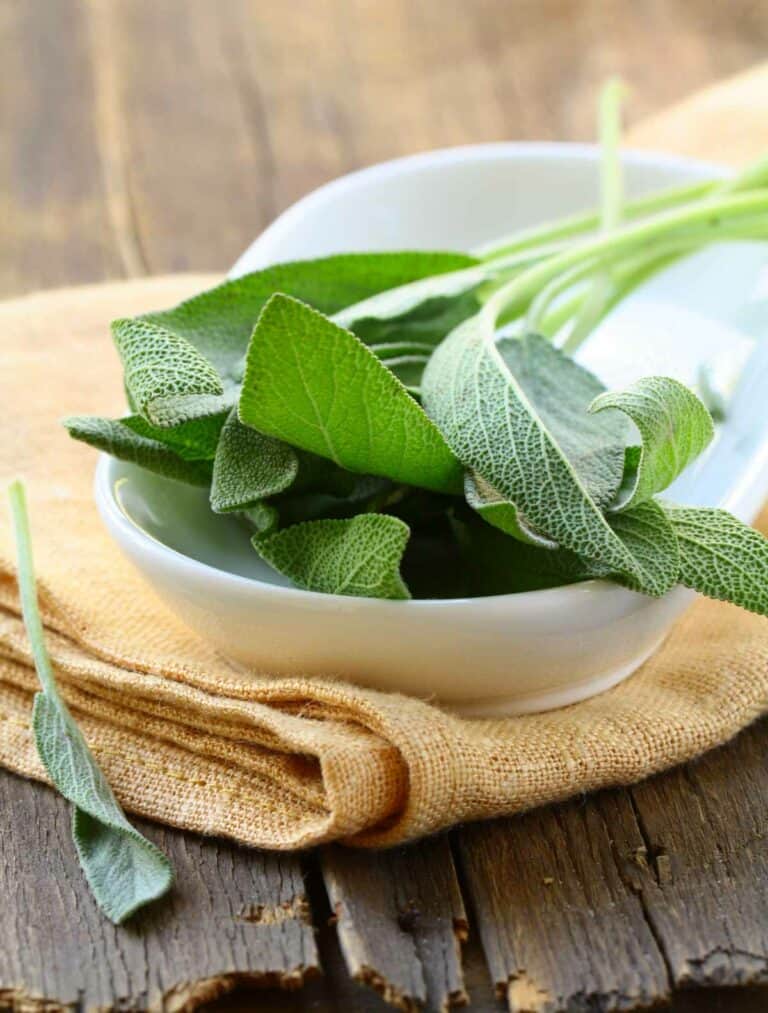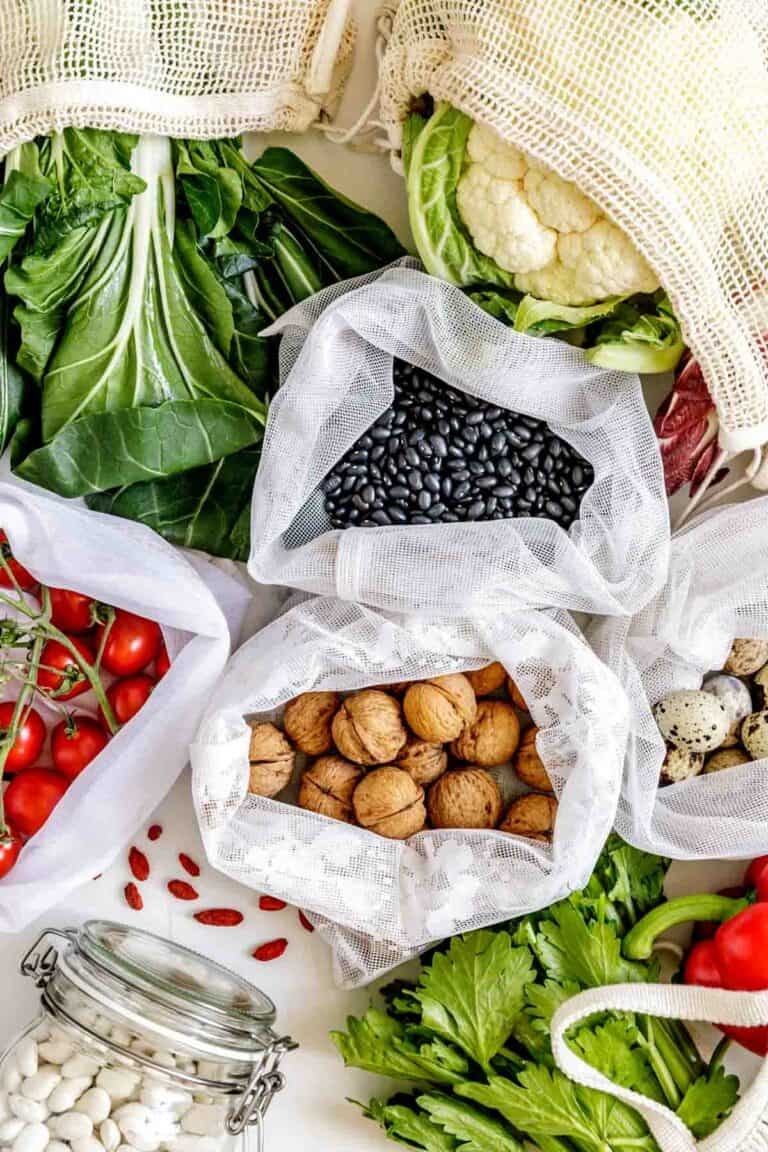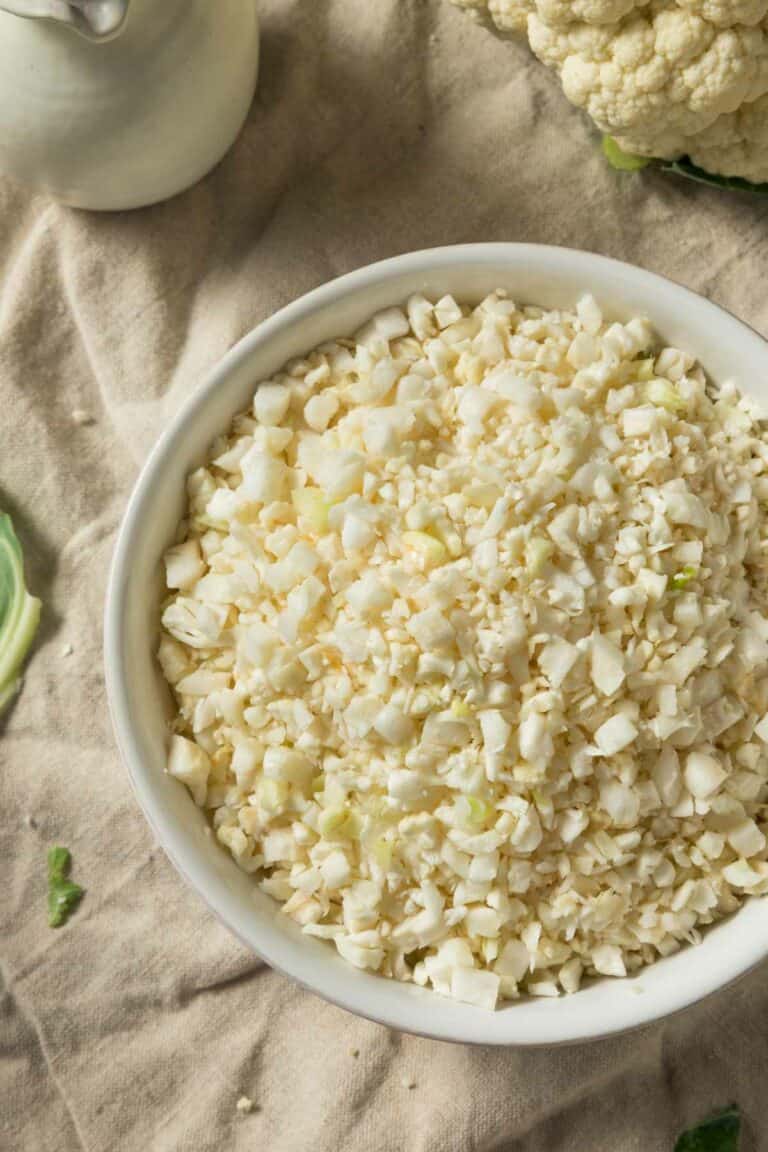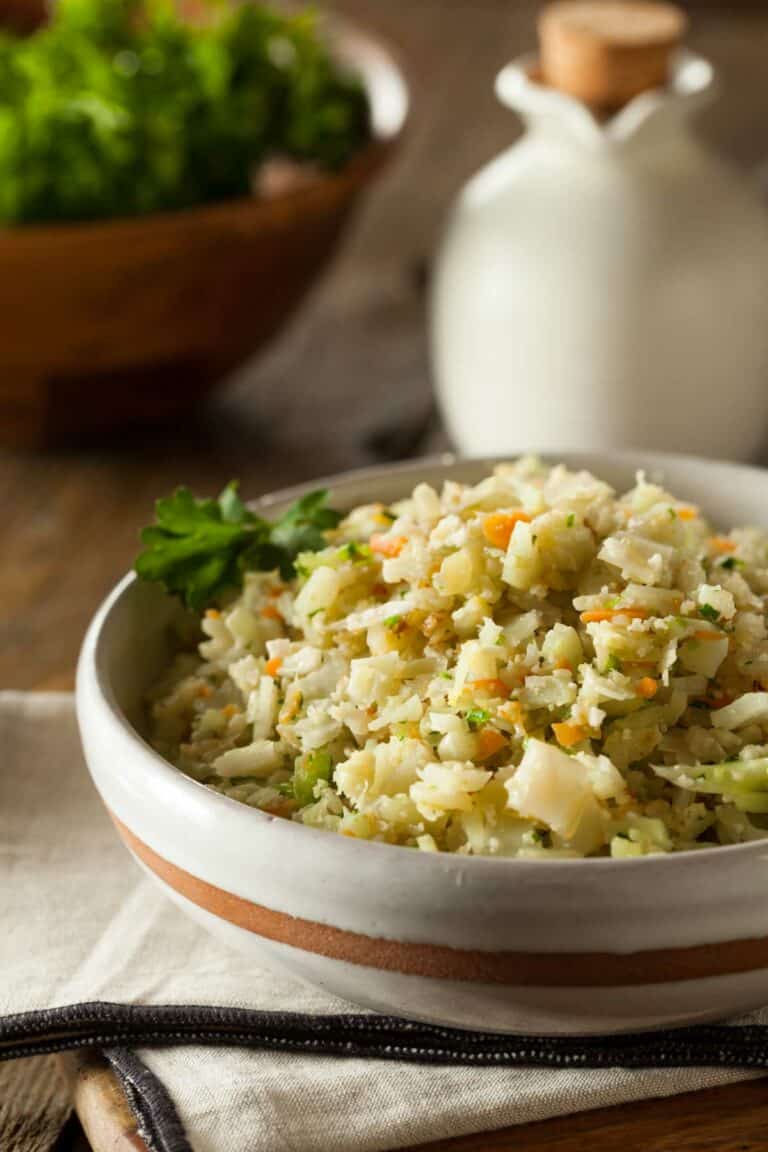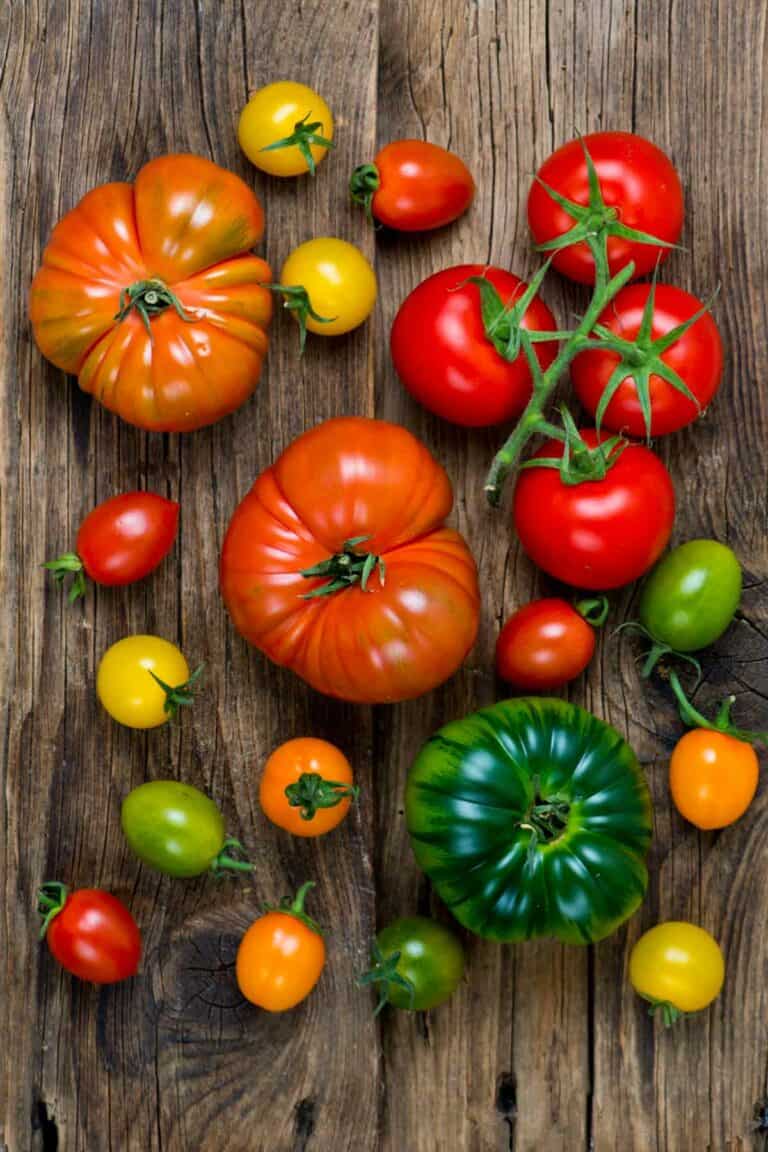No Cheese, No Problem: A Guide To Making Vegan Pesto
Combining the aromatic flavors of fresh basil with the rich and nutty taste of pine nuts and pesto is one of the most delicious ways to sauce pasta, adorn meats, spread on sandwiches, or employ as a salad dressing — a few uses among many. While traditionally made with parmesan cheese, a plant-based, fully vegan pesto is not only possible but, if made properly, can be just as delightful as the original recipe.
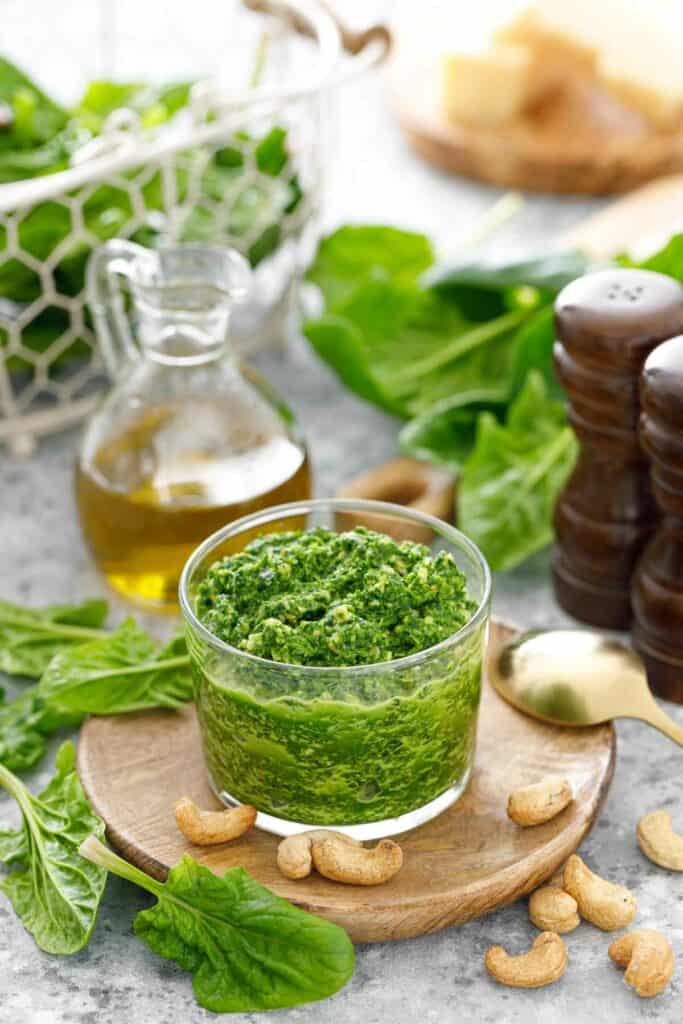
With this guide, you’ll learn a handful of variations and techniques to create the perfect vegan pesto for your recipe.
Origins of Pesto
Pesto’s origins can be traced back to Genoa, Italy, the capital city of the northwest region of Liguria, where it first appeared in the late 16th century. The word pesto finds its roots in the Italian word “pestare,” which means to pound or crush, reflecting the traditional method of making pesto by grinding the ingredients together using a mortar and pestle.
Originally, the recipe for a classic pesto consisted of fresh basil leaves, garlic, pine nuts, Parmigiano-Reggiano cheese, pecorino cheese, and olive oil.
Essential Components of Any Pesto
Whether you’re making a traditional recipe with cheese or a vegan version without, there are a few crucial ingredients to any pesto recipe.
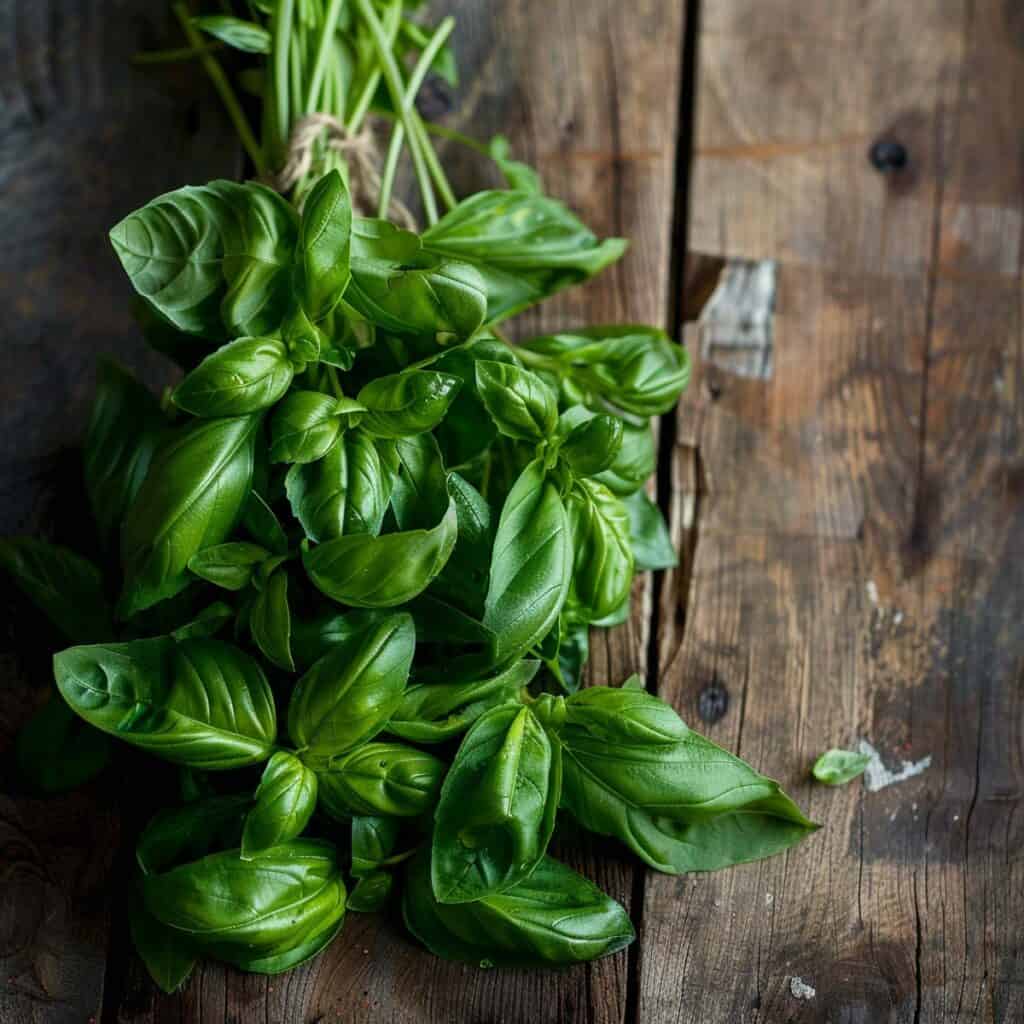
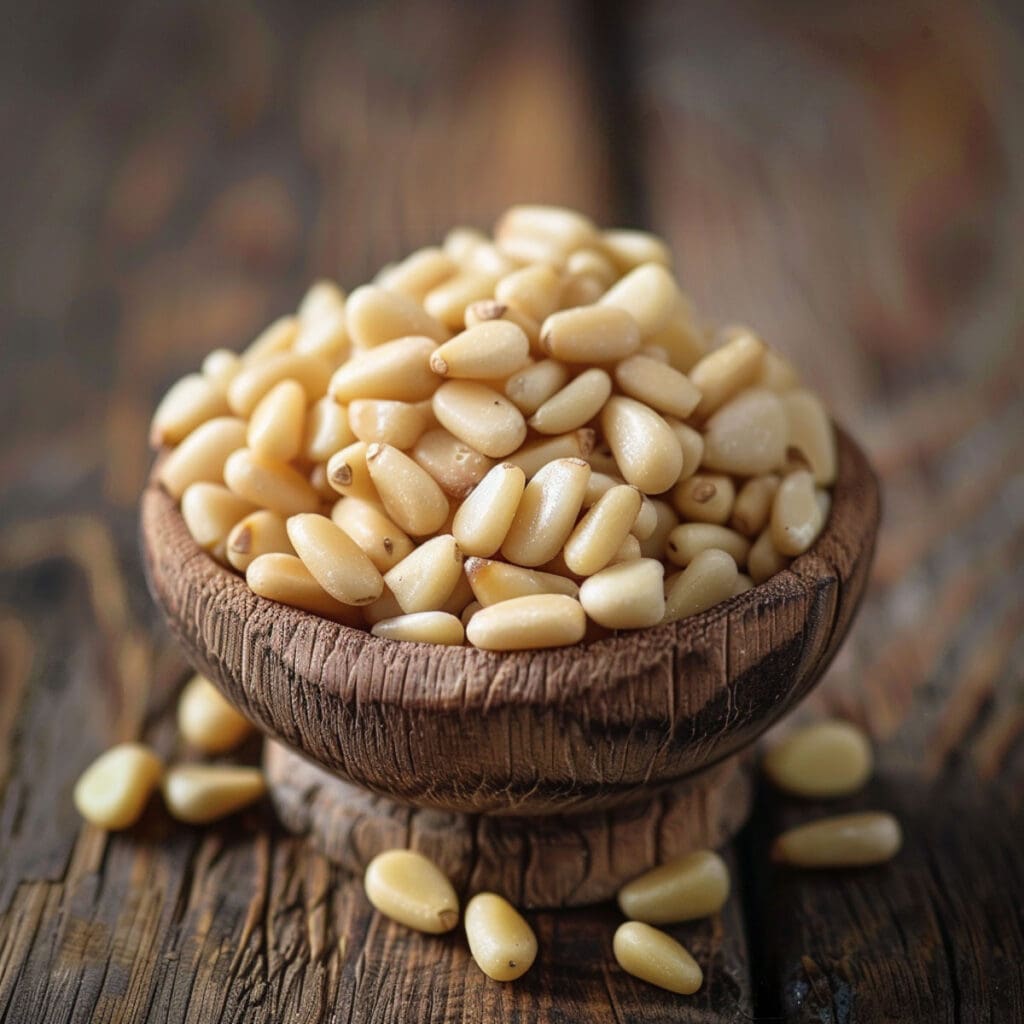
Greens
Greens are how pesto obtains its classic vibrant green color. The classic pesto recipe leans entirely on basil, an aromatic, bright, fresh, and peppery herb. However, one of the most typical ways to alter pesto and create fun new varieties is by changing the herbs or using leafy greens in their place.
Common substitutions include parsley, arugula, spinach, mint, kale and watercress.
Seasonal variations such as zucchini noodles with creamy avocado sauce or radish greens pesto are popular ways of highlighting produce with short-lived availability.
Oil
Extra virgin olive oil’s herbaceous taste is a perfect match for pesto. The oil not only adds complementary flavor to the sauce but also acts as a flavor carrier for the other ingredients helping to distribute their taste throughout. It’s also the main factor in the smooth, rich, and velvety texture of the pesto.
Nuts or Seeds
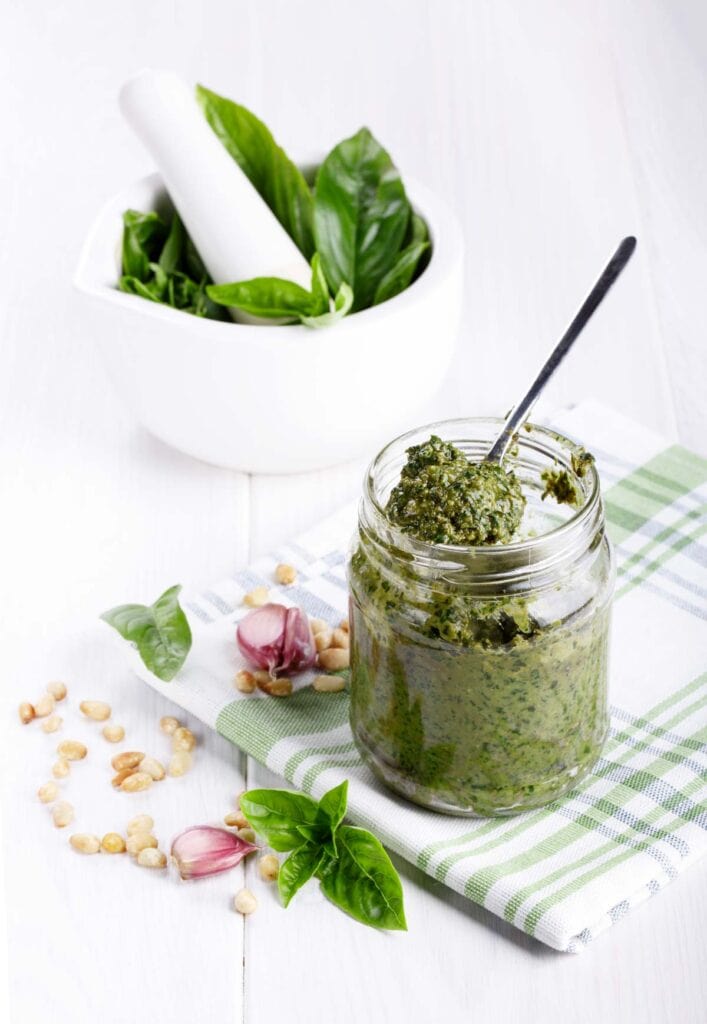
Traditionally made exclusively with pine nuts, pesto is now made with all different types of nuts. Some even omit nuts entirely and opt for seeds instead. Nuts or seeds offer both a textural element to the pesto, making it thicker and creamier when blended, as well as contributing to the earthy, rich taste.
Toasting the nuts before making the pesto offers an even deeper flavor. Common nut substitutions include pecans, walnuts, pistachios, almonds, and cashews. Nut-free pesto recipes often include sunflower seeds or pepitas.
The Cheese Factor
Cheese in pesto contributes a salty, umami undertone to the sauce while also helping to bind the ingredients together. Along with the oil, it’s another contributing component to the creamy mouthfeel in the finished product.
With the rise of plant-based diets, vegan pesto has become a popular alternative to the traditional recipe using one of many substitution options.
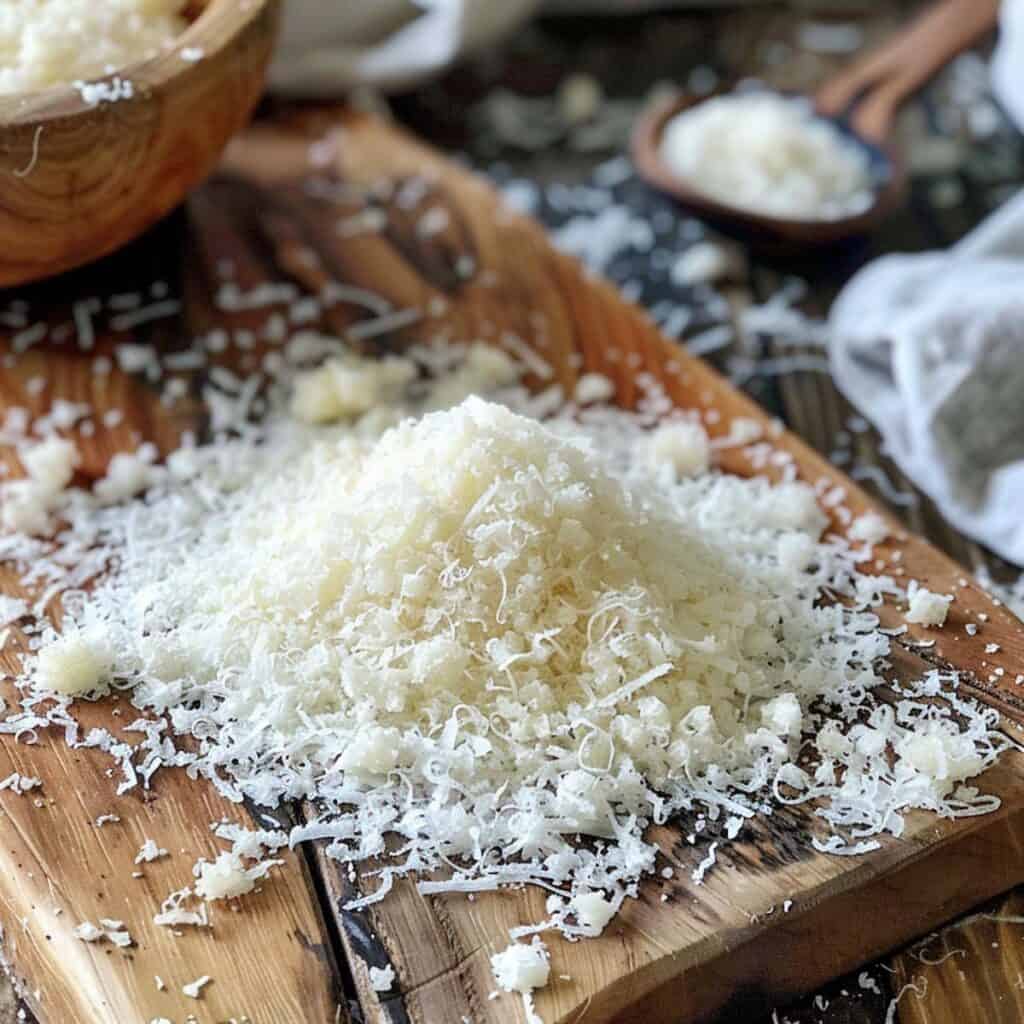
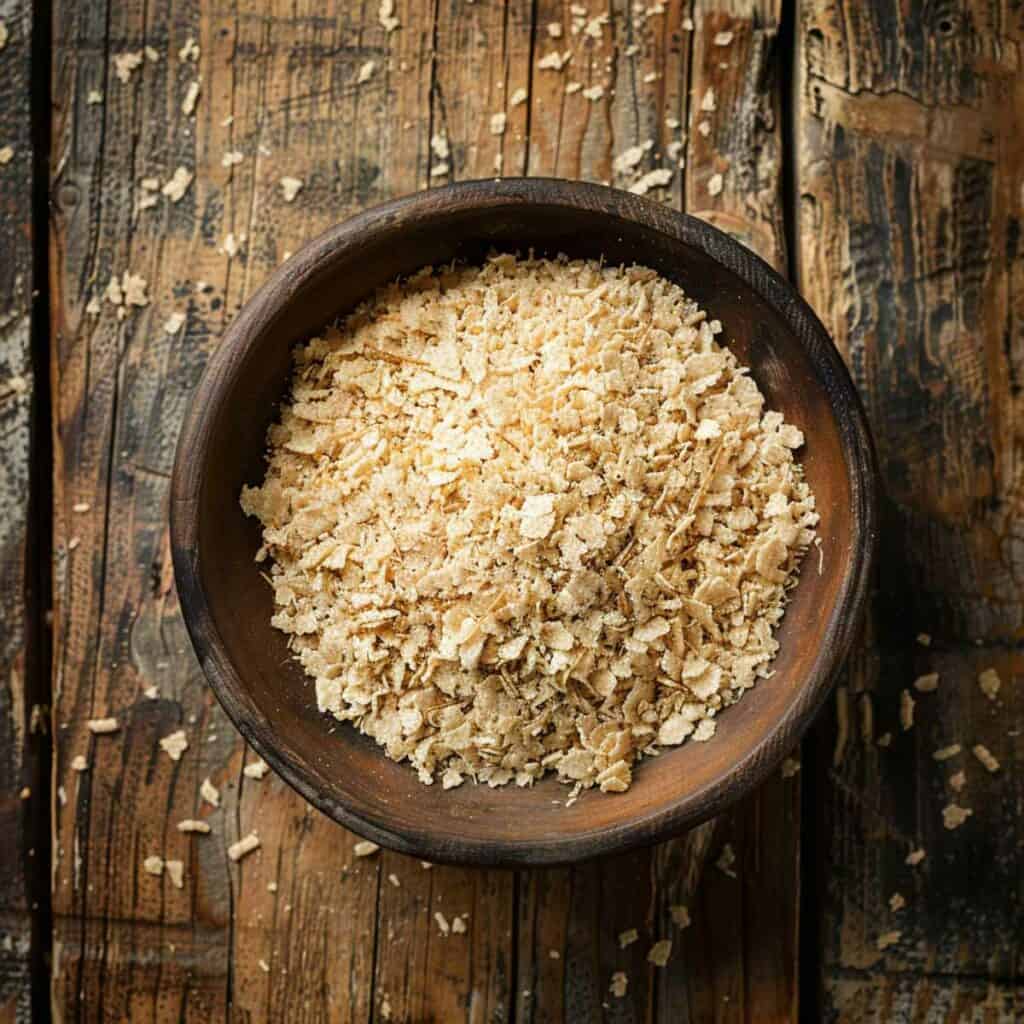
Nutritional Yeast
Any vegan will be quite familiar with nutritional yeast as it’s the most popular plant-based swap for many cheese-filled recipes. Nutritional yeast, commonly referred to as nooch, is a deactivated version of the yeast used to make beer or bread. The flakes are typically sold in bulk and have become so mainstream in recent years that they can easily be procured at regular grocery stores.
With its savory, umami flavor, nutritional yeast can be substituted for pecorino or parmesan in pesto at a one-to-one ratio.
“I love to make vegan pesto with nutritional yeast as the cheese substitute. Not only does it work well, it tastes better than cheese in many instances. I also sometimes use sunflower seeds or hemp seeds instead of standard pine nuts as they can impart a cheesier flavor, too.”
— Kristen Wood, MOON and spoon and yum
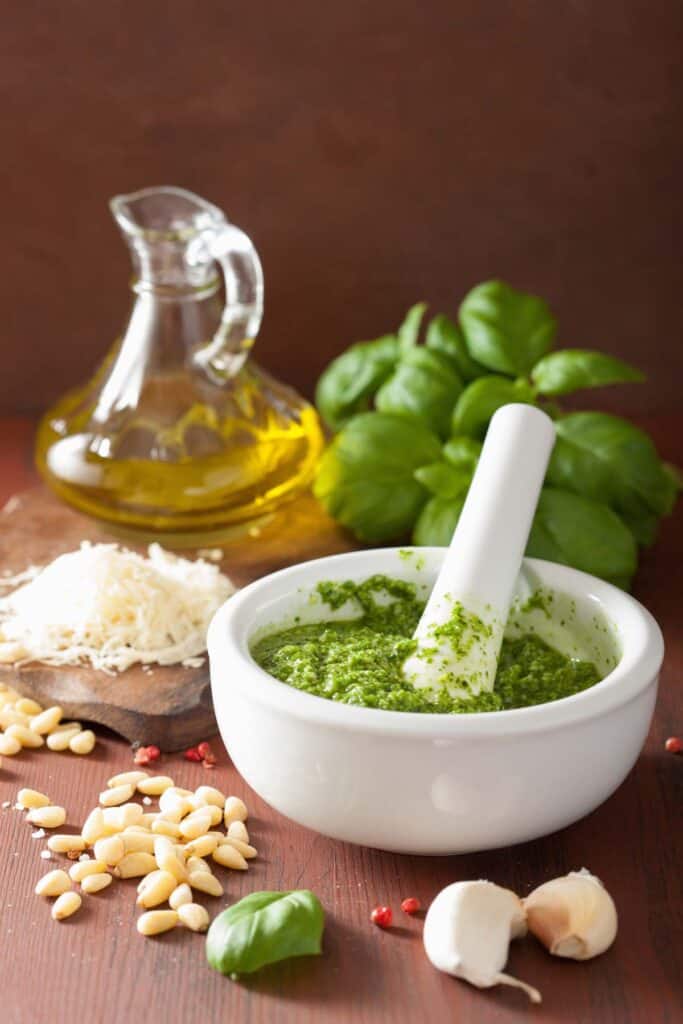
Vegan Parmesan
Vegan cheese options are abundant these days, and it shouldn’t be hard to locate a quality vegan parmesan no matter where you shop. Store-bought varieties are usually made from potato or rice starches to mimic the dry texture of milk-based parmesan.
You can also easily make homemade vegan parmesan. Recipes for this typically combine nuts like cashews with nutritional yeast and result in a finely grated vegan cheese perfect for using in pesto or sprinkling on top of pasta.
Miso Paste
Fermented soybeans might sound like a crazy substitution for Italian cheese in a pesto recipe, but miso paste offers many of the same savory, umami, and salty characteristics as parmesan. A little goes a long way with miso paste, though, so using 1 to 2 tablespoons is plenty.
Lemon
While the other substitutions attempt to mimic the flavor of parmesan, lemon takes a completely opposite approach. Fresh lemon zest and juice can add a tangy brightness to the pesto that makes the use of cheese or a cheese-like product completely optional.
Lemon brings such vibrancy to pesto that it’s a great addition to both vegan and traditional recipes. The acidity also helps to keep the pesto a radiant, bright green color.
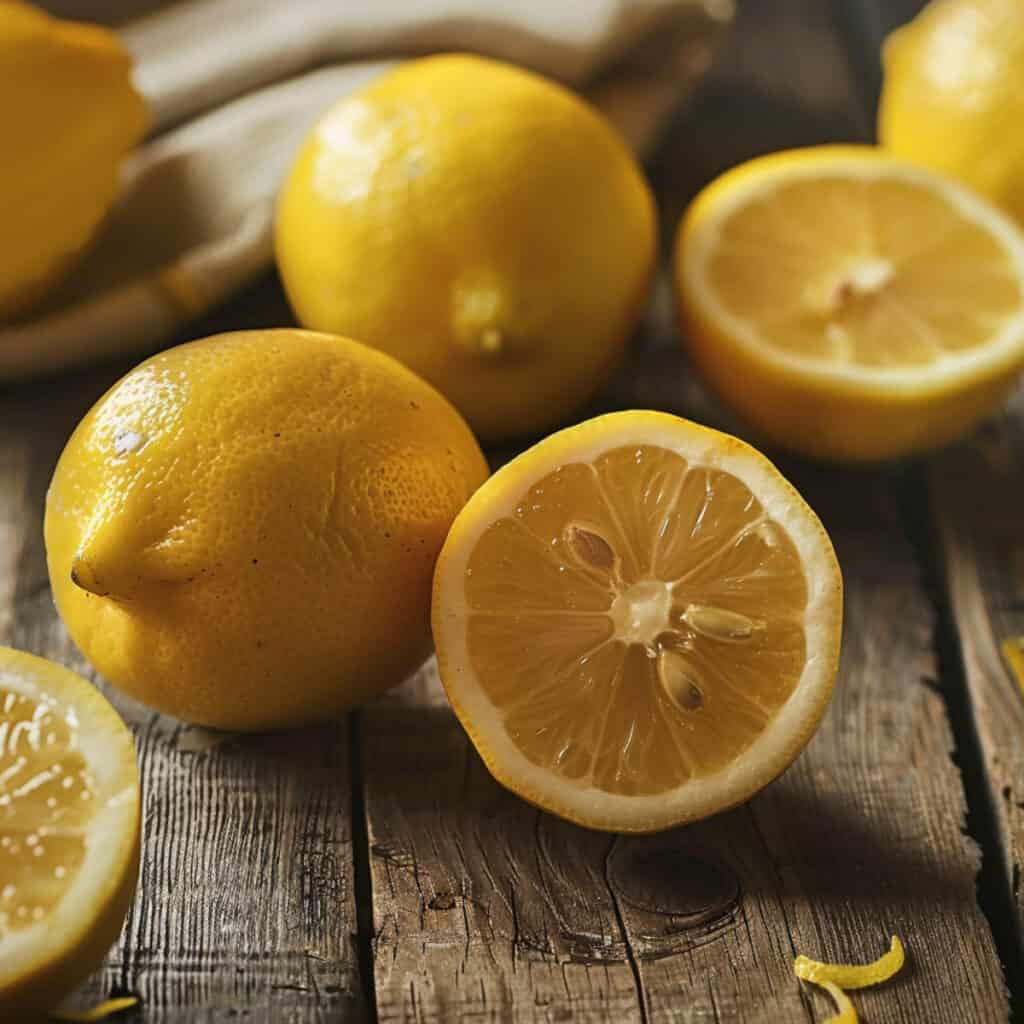
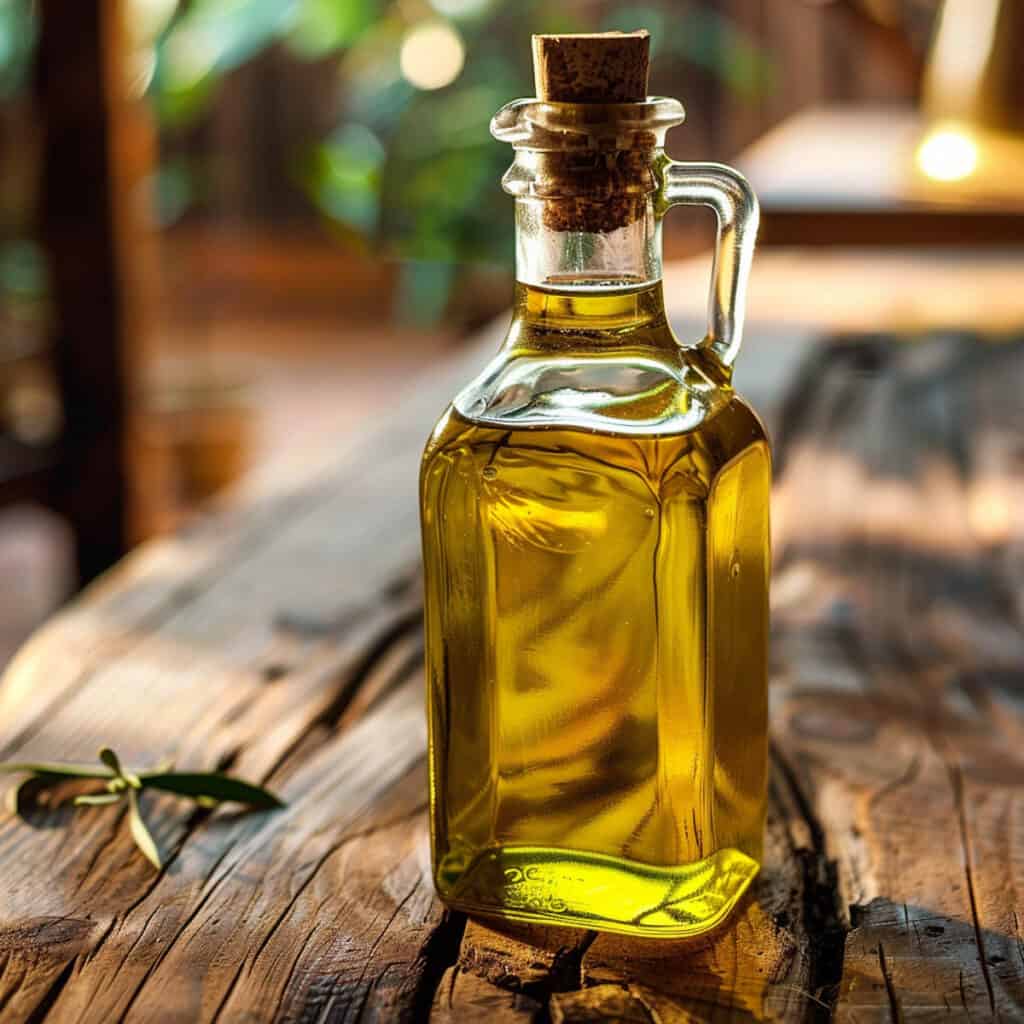
Ways To Use Vegan Pesto
Now that you’re armed with all the best options for making vegan pesto, here are a few ways to enjoy your plant-based creation:
- Toss with pasta
- Air fryer baby potatoes as an easy side dish
- Sauce for pizza
- Spread on sandwich bread
- Dollop on vegetables
- Thin out with more olive oil and use as a salad dressing
- Dip for breadsticks, focaccia or sourdough
- Swirl it into soups
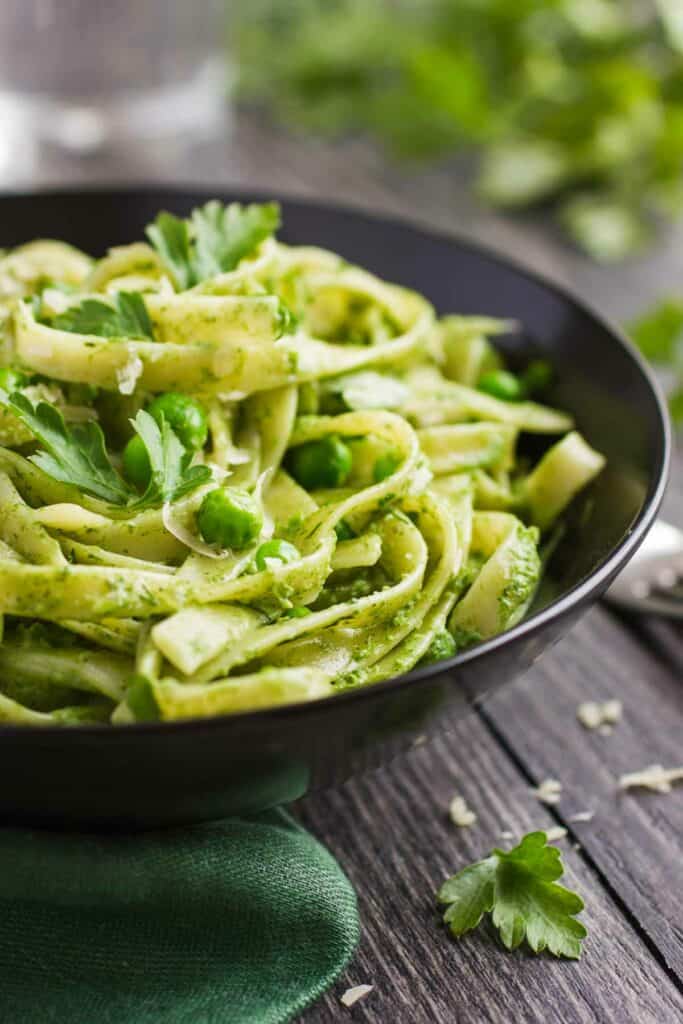
Redefine Tradition
Pesto is one of the most iconic and classic Italian sauces. Its flexibility, as anything from a pasta sauce to a pizza topping, makes it an indispensable recipe for cooks of all kinds. With an abundance of ways to adapt to your liking, whether swapping out the greens, choosing different nuts, or making it plant-based with cheese substitutions, pesto is the perfect versatile and delicious sauce for every kind of eater.
This article originally appeared on Food Drink Life.

